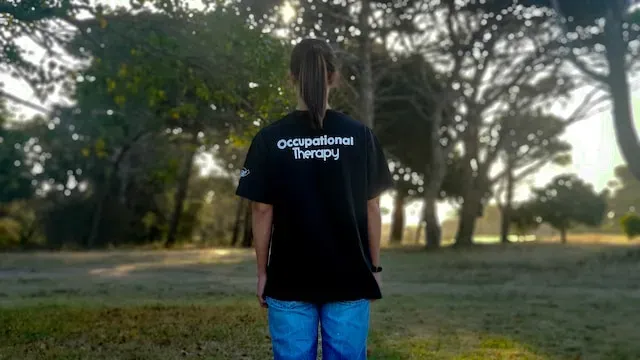
Occupational Therapy
Learn about Occupational Therapy and explore how it can benefit your patients. Discover techniques, interventions, and exercises for your practice.
Get carepatron free
Commonly asked questions
Occupational Therapy may not be suitable for specific individuals with severe physical or cognitive impairments that prevent them from participating in therapy activities. Additionally, some insurance companies may have limitations on the number of therapy sessions or specific conditions they will cover for Occupational Therapy services.
Occupational Therapy focuses on helping individuals develop or regain skills needed for daily activities, while physical therapy focuses on improving mobility and movement. Occupational Therapy may also address cognitive and emotional aspects of function, while physical therapy primarily focuses on physical impairments.
No. Occupational Therapy can benefit people of all ages, from newborns to older adults. Occupational Therapists work with individuals across the lifespan to address various conditions and improve overall function and independence.







